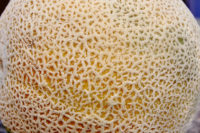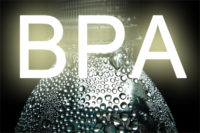Sewage sludge can contain
disease-causing microbes, synthetic chemicals and heavy metals that can
cause acute and chronic disease. Many of these contaminants can persist
in soil for centuries and can enter the food system through crops grown
on sludge-treated land, as well as animals that graze on contaminated
land.
Consumers should choose foods produced without sludge and avoid the use
of sewage-based fertilizer products in home gardens, says a guide,
entitledSmart Guide on Sludge Use in Food
Production, from the Institute for Agriculture and Trade
Policy (IATP).
Currently there is no labeling requirement
for food produced on land treated with sewage sludge, and consumers may
find it difficult to know if they are using a sludge-based fertilizer
product. Given the risk factors, sludge usage should not be allowed on
agricultural land or home gardens.
The EPA has
set minimum standards for sludge contaminant content and application,
but these standards include no restrictions on synthetic chemical
content, weak limits on heavy metals and inadequate protections for
pathogen content. The EPA’s oversight has come under heavy criticism
following a February 2008 11th Circuit Court ruling in which “the
fairness and objectivity of the EPA’s opinions with respect to the
sludge land application program” was called into question. The judge
found evidence that “extraordinary steps” have been taken by senior
officials “to quash scientific dissent, and any questioning of the
EPA’s biosolids program.”
For more information, visitwww.iatp.org.
Get our new eMagazine delivered to your inbox every month.
Stay in the know on the latest food and beverage manufacturing markets.
SUBSCRIBE TODAY!Copyright ©2024. All Rights Reserved BNP Media.
Design, CMS, Hosting & Web Development :: ePublishing


